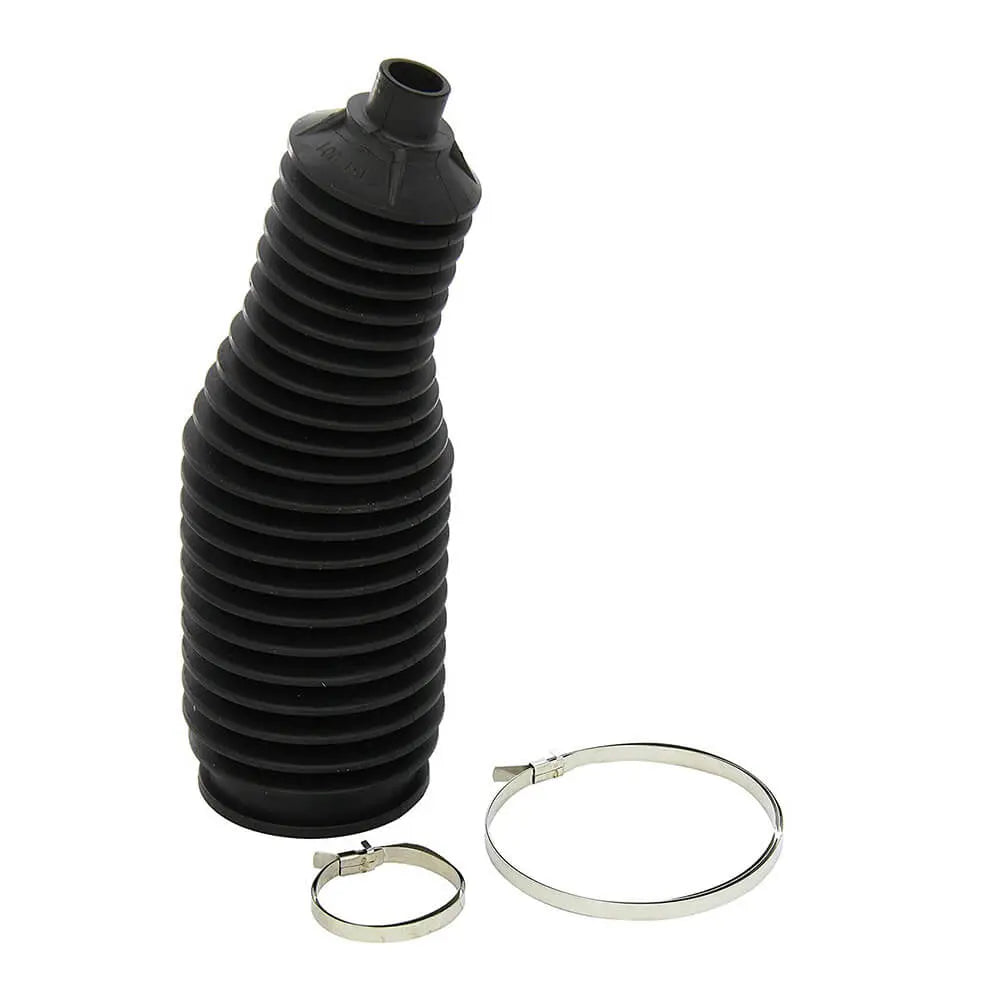Shop by Category
Steering Rack Boot
3 products
Showing 1 - 3 of 3 products
Understanding Steering Rack Boots: A Vital Component for Car Steering Systems
In the realm of automotive engineering, the steering system plays a pivotal role in ensuring safe and precise vehicle control. At the heart of this system lies the steering rack, a critical component responsible for converting the rotational motion of the steering wheel into lateral movement of the wheels. To protect the steering rack from external elements and ensure its smooth operation, a small but significant part known as the steering rack boot comes into play. In this article, we will delve into the purpose, functionality, common issues, and maintenance of steering rack boots in cars.What is a Steering Rack Boot?
A steering rack boot, also referred to as a bellows or gaiter, is a protective cover designed to shield the steering rack's inner components from dirt, debris, water, and other contaminants. It is typically made of durable rubber or a flexible synthetic material, capable of withstanding harsh environmental conditions and enduring the rigors of daily driving.Purpose and Functionality:
The primary function of a steering rack boot is to maintain the integrity of the steering rack assembly by preventing foreign particles from infiltrating and damaging the internal components. By acting as a protective barrier, the boot ensures the longevity and optimal functioning of the steering system, ultimately contributing to a safer driving experience.Moreover, the steering rack boot serves an additional purpose by retaining the grease or lubricant that facilitates smooth movement of the rack and pinion gears within the steering rack assembly. This helps minimize friction and wear, ensuring the longevity of the steering system.
Common Issues and Signs of Wear:
Over time, steering rack boots can deteriorate due to prolonged exposure to environmental factors, mechanical stress, or age-related wear and tear. Here are some common issues that can arise:1) Tears or Cracks: The rubber material of the boot may develop tears or cracks, allowing contaminants to enter and compromise the steering rack's internal components.
2) Leakage: If the boot is damaged or deteriorated, it may fail to retain the lubricating grease properly. This can lead to leakage, resulting in insufficient lubrication and increased friction within the steering rack.
3) Moisture Accumulation: Damaged boots can allow water and moisture to enter the steering rack assembly, leading to corrosion and potential damage to the internal components.
4) Abnormal Noises: A worn-out or damaged steering rack boot may cause unusual noises, such as clunking or rattling sounds, during steering maneuvers. This can indicate a potential issue with the steering system.
Maintenance and Replacement:
Regular maintenance and inspections are crucial for ensuring the proper functioning of the steering rack boots. Here are some maintenance tips:1) Visual Inspection: Periodically inspect the steering rack boots for any signs of damage, such as cracks, tears, or leaks. If any issues are found, timely replacement is recommended.
2) Cleaning: Clean the boots regularly using a mild detergent and water solution to remove dirt and grime. Avoid using harsh chemicals that could damage the rubber material.
3) Lubrication: Check the steering rack's lubrication levels and replenish if necessary, following the manufacturer's recommendations.
When it comes to replacing a damaged steering rack boot, it is advisable to consult a qualified mechanic or automotive professional. They have the expertise and proper tools to disassemble and reassemble the steering system safely and efficiently.
Steering rack boots may be small components, but they play a vital role in protecting the steering rack assembly and ensuring its optimal performance. By shielding the steering rack from contaminants and retaining lubrication, these boots contribute to the smooth and precise operation of a vehicle's steering system. Regular inspection, maintenance, and timely replacement of damaged boots are essential to avoid potential steering issues and ensure a safe and enjoyable driving experience.
Showing 1 - 3 of 3 products
Display
View
Save £1.29
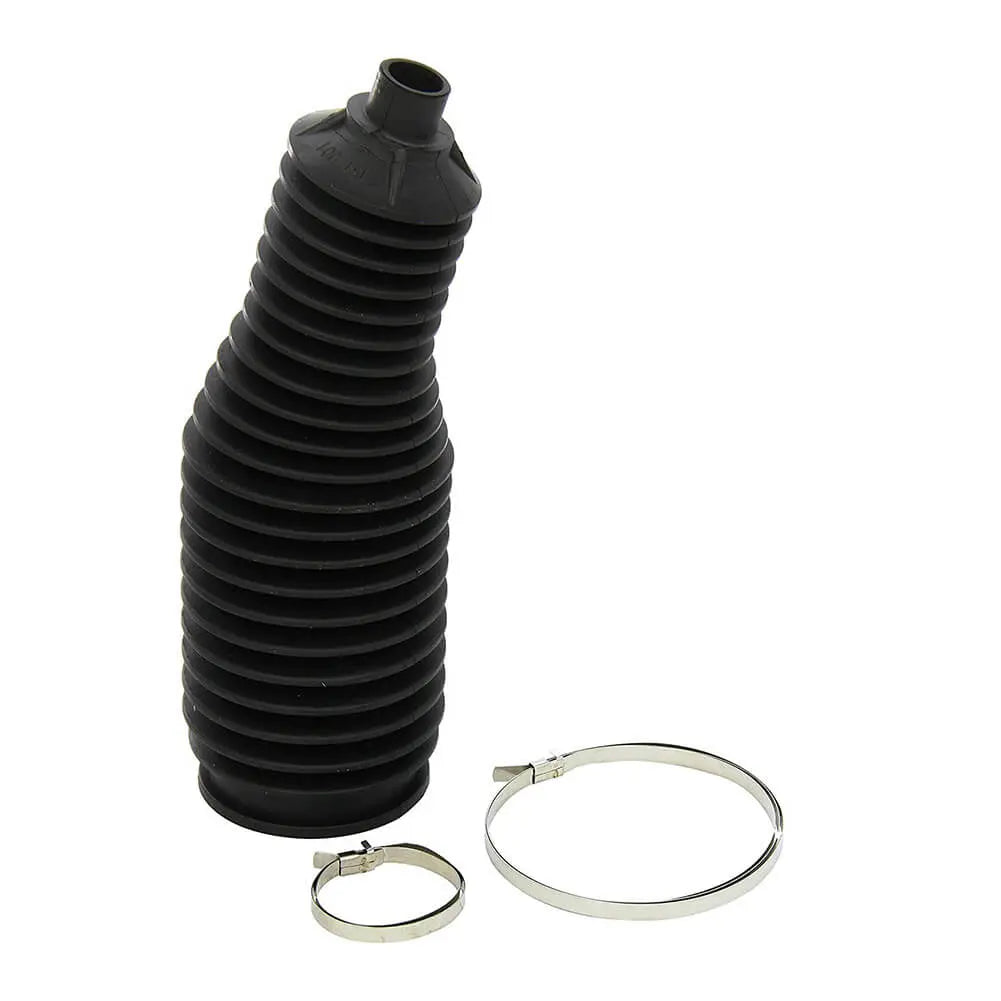
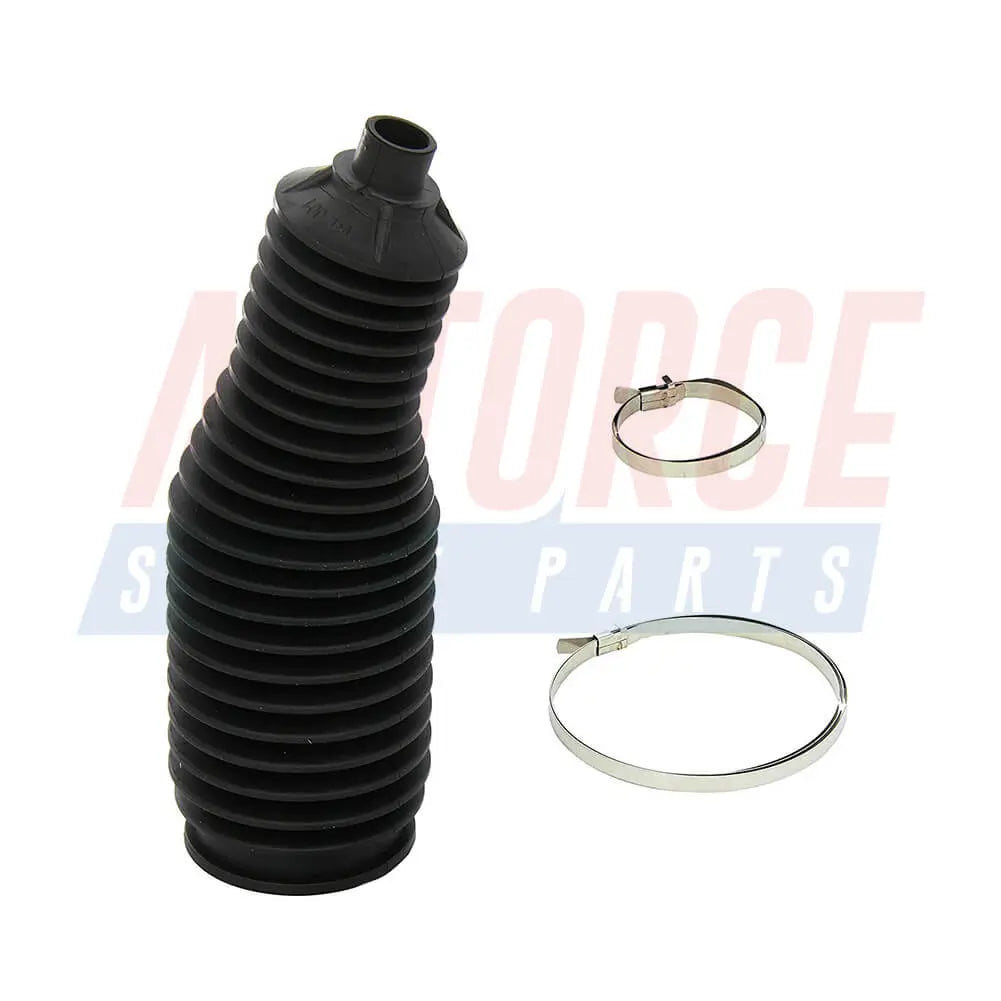
Steering Boot Gaiter For FIAT Ducato III 2.2 2.3 2.0 3.0 Multijet (2006 - Onwards) - 77364254, 1610976280
Sale price£9.90
Regular price£11.19
No reviews
In stockSave £2.30
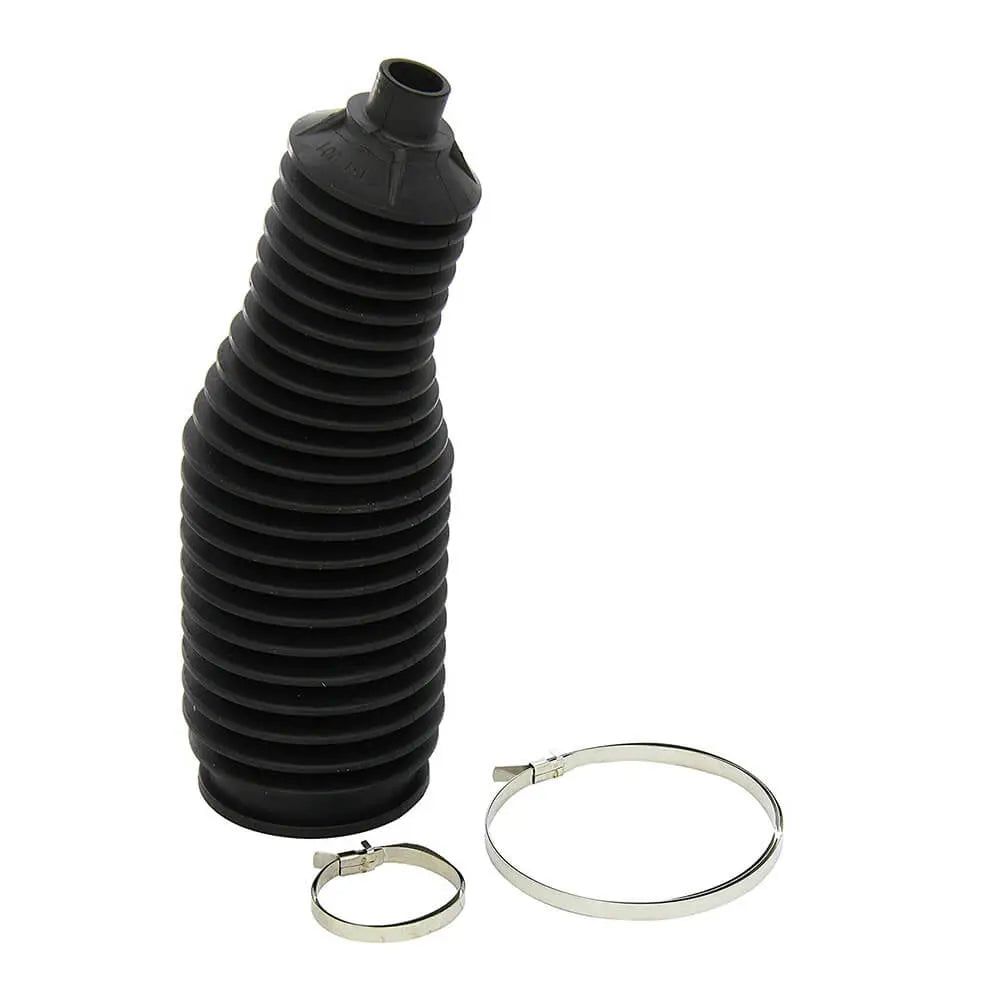
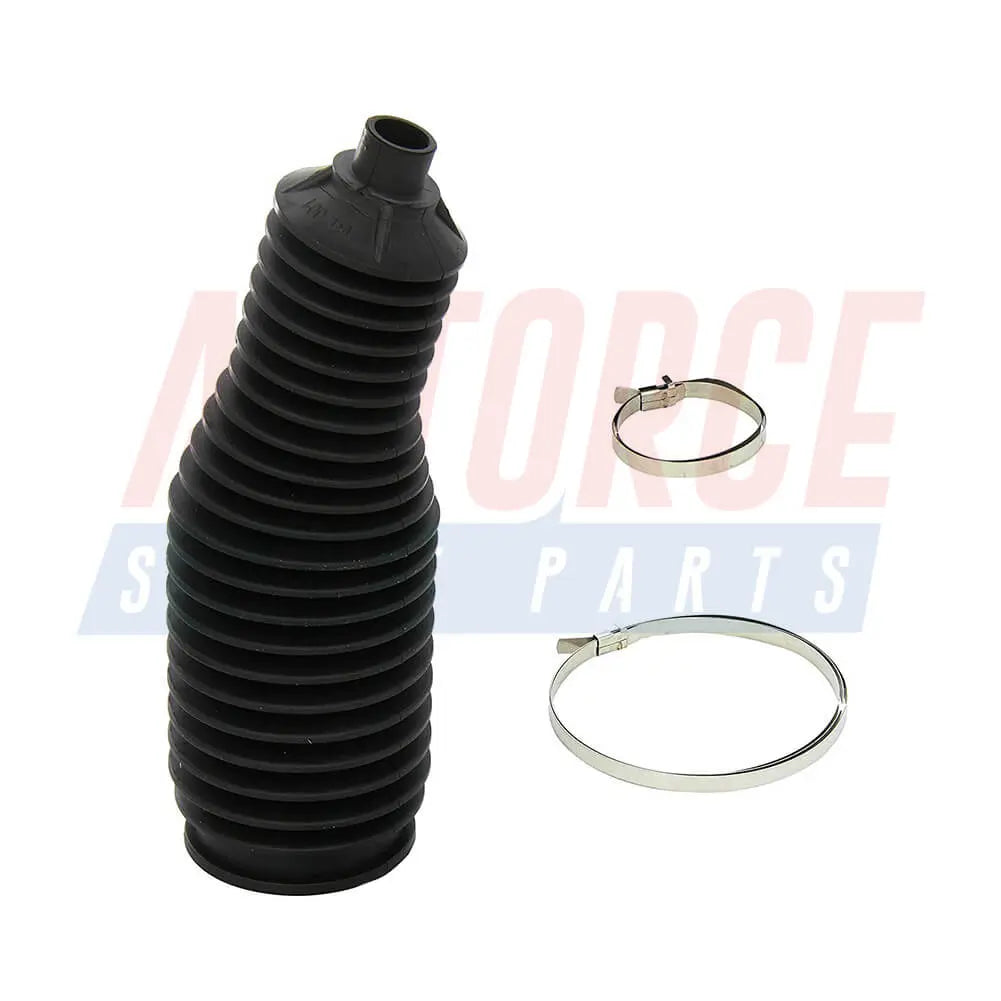
Steering Boot Gaiter For CITROEN Relay 2.0 BlueHDi 2.2 3.0 HDi (2006 - Onwards) - 406686, 1376348080
Sale price£9.90
Regular price£12.20
No reviews
In stock
Filters (0)

